
Mount Fuji: Japan's Sacred Peak
Climb or admire Japan's iconic Mount Fuji, a dormant volcano and UNESCO World Heritage Site, offering spiritual and artistic inspiration.
Mount Fuji, or Fujisan, is Japan's iconic symbol and highest peak, standing at 3,776 meters. A dormant volcano revered for its symmetrical cone shape, it's a site of pilgrimage, artistic inspiration, and natural beauty attracting millions of visitors annually. Climbing season is from July to early September.
A brief summary to Mount Fuji
- Kitayama, Fujinomiya, Kitayama, Shizuoka, JP
- Visit website
Local tips
- The official climbing season is from early July to early September. Check the specific dates for each trail, as they may vary.
- Book mountain hut accommodations in advance, especially if climbing during peak season or weekends.
- Prepare for rapidly changing weather conditions. Pack layers, including waterproof and windproof gear, even in summer.
- Be aware of altitude sickness. Acclimatize by spending a night at a lower elevation before climbing, and stay hydrated.
- A mandatory entrance fee of ¥4,000 is now required on all routes to combat overtourism and support sustainability.
Getting There
-
Public Transport
From Tokyo, the most common and convenient way to reach the Mount Fuji area is by express bus or train to Kawaguchiko Station. **Express Bus:** Highway buses depart from Shinjuku Station (Busta Shinjuku) and Tokyo Station, arriving at Kawaguchiko Station in approximately 2 hours. The one-way fare is around ¥2,000. Booking in advance is recommended. **Train:** Take the Fuji Excursion Limited Express from Shinjuku Station directly to Kawaguchiko Station in about 1 hour and 45 minutes. The one-way fare is approximately ¥4,130. Alternatively, take the Shinkansen bullet train from Tokyo Station to Shin-Fuji Station (about ¥6,000 without a JR Pass) and transfer to a local bus to Kawaguchiko Station (about ¥2,136). From Kawaguchiko Station, local buses (Fujikko Bus or Omni Bus) provide access to various attractions around Mount Fuji, including the Fuji Five Lakes and the Mount Fuji 5th Stations. A bus pass can be a cost-effective option for exploring the area. **Costs (from Kawaguchiko Station):** * Local bus to Fuji Five Lakes area: ¥210-290 * Local bus to Mount Fuji 5th Station: Prices vary depending on the station.
-
Driving
From Tokyo, take the Chuo Expressway to the Kawaguchiko Interchange, or the Tomei Expressway to the Gotemba Interchange. From either interchange, follow local roads to reach various destinations around Mount Fuji, including Lake Kawaguchiko and the Mount Fuji 5th Stations. During peak season and car restriction periods (typically July to September), private cars may be restricted from driving directly to the 5th Stations. In this case, visitors must park at designated parking lots like Fujisan Parking (near the Fujiyoshida IC) and transfer to a shuttle bus or taxi. **Costs:** * **Toll road fees:** Vary depending on the route and distance. * **Fujisan Parking:** ¥1,000 per car per entry during the car restriction period. * **Shuttle bus from Fujisan Parking to 5th Station:** Additional fee, not included in the parking fee. * **Parking at Lake Kawaguchiko:** Generally free, but fees may apply at certain attractions. * **Arakurayama Sengen Park Parking:** ¥1,500 for six hours. * **Honcho Street Parking:** ¥1,000 for up to 12 hours.
-
Climbing
To climb Mount Fuji, access one of the four 5th Stations (Yoshida, Subashiri, Gotemba, or Fujinomiya) by bus, taxi, or car (when permitted). **Entrance Fee:** A mandatory entrance fee of ¥4,000 is required for all climbers on all routes. This fee can be paid online in advance or at the 5th Station. **Important Considerations:** * The climbing season is from July to early September. * The Yoshida Trail is the most popular and may have a daily limit of 4,000 hikers. * Gates at the trailheads close from 2 PM to 3 AM to prevent "bullet climbing". * Mountain hut accommodations should be booked well in advance. * Prepare for significant temperature changes and potential altitude sickness.
Discover more about Mount Fuji
Iconic landmarks you can’t miss
Fujisan Kengamine
0.0 km
Discover the spiritual and natural wonders of Fujisan Kengamine, the sacred summit of Mt. Fuji, a must-visit destination for every traveler in Japan.
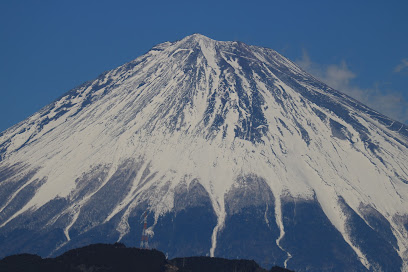
Hinode Observatory Deck
4.0 km
Experience unparalleled views of Mount Fuji and the stunning landscapes of Yamanashi at the scenic Hinode Observatory Deck, a must-visit destination.
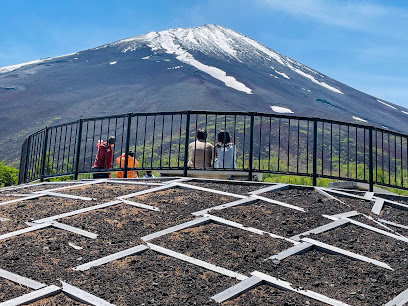
Fujiyama Tower
14.5 km
Experience breathtaking panoramic views of Mount Fuji from atop the thrilling Fujiyama Tower at Fuji-Q Highland.
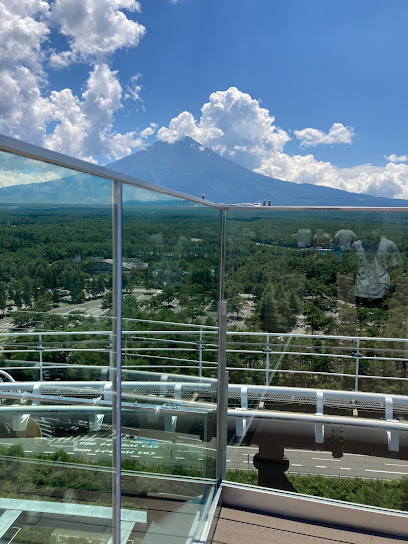
Oshino Hakkai
14.6 km
Discover the serene beauty of Oshino Hakkai, where crystal-clear ponds meet stunning views of Mount Fuji in a picturesque Japanese village.

La Ville de Gaspard Et Lisa
14.6 km
Discover the enchanting La Ville de Gaspard Et Lisa, where French charm meets thrilling amusement park fun near Mount Fuji.

Fuji Shiba-sakura Festival Observation Deck
14.7 km
Discover the stunning beauty of the Fuji Shiba-sakura Festival Observation Deck, where vibrant flowers meet the iconic majesty of Mount Fuji.
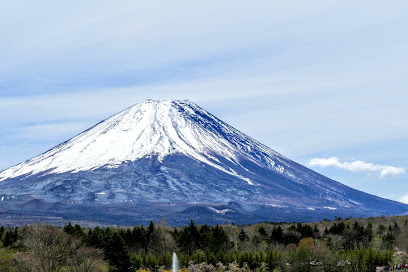
Fuji-Q Highland
14.9 km
Discover the thrill of Fuji-Q Highland, Japan's top amusement park with breathtaking views of Mount Fuji and exciting rides for all ages.

Obuchi Sasaba
15.9 km
Experience the serene beauty and rich cultural heritage of Obuchi Sasaba in Fuji, Shizuoka—a scenic escape perfect for nature lovers and tea enthusiasts.
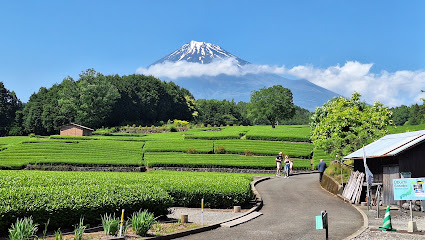
富士山x街道拍攝景點(日川時計店)
16.2 km
Explore Fujiyoshida: A tourist attraction where the art of clock and watch making meets breathtaking views of Japan's stunning landscapes.
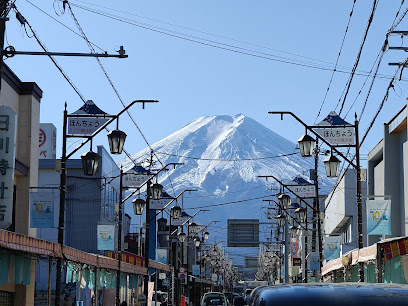
Mt. Fuji Panoramic Ropeway
16.5 km
Experience breathtaking views from the Mt. Fuji Panoramic Ropeway, a must-visit attraction offering stunning landscapes and unforgettable memories.

Kawaguchiko Tenjozan Park
16.5 km
Discover stunning vistas of Mt. Fuji at Kawaguchiko Tenjozan Park, a serene escape with lush gardens and scenic trails.
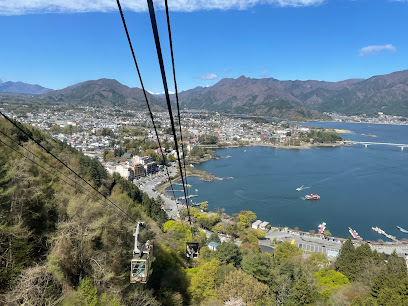
Takeda Shingen Warring States Plaza Picturesque Lookout
16.6 km
Discover the stunning beauty of Mount Fuji and the rich history of the Takeda Shingen Warring States Plaza, an unforgettable observation deck experience.
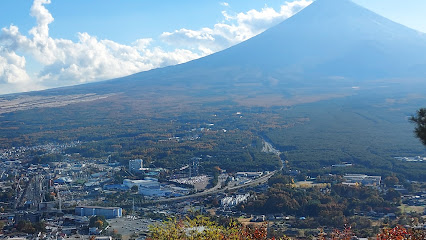
河口湖天上山(カチカチ山)の武田信玄戦国広場
16.6 km
Explore Kachikachi Mountain in Fujikawaguchiko, a scenic destination with stunning views of Mount Fuji and family-friendly hiking trails.
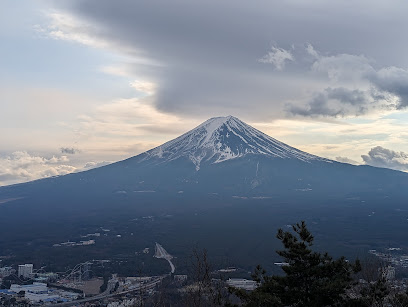
Arakurayama Sengen Park
17.0 km
Explore Arakurayama Sengen Park: A serene oasis with breathtaking views of Mount Fuji, cherry blossoms, and rich cultural heritage.
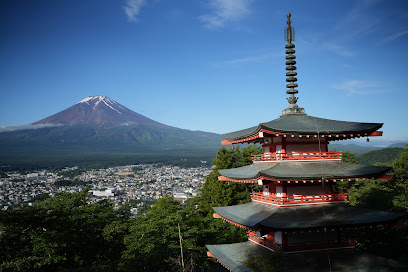
Saiko Iyashi-no-Sato Nenba (Traditional Japanese Village)
17.1 km
Experience Japan's cultural heritage at Saiko Iyashi-no-Sato Nenba, a traditional village museum with stunning views of Mount Fuji.

Unmissable attractions to see
shinto shrine fuji
0.3 km
Experience the spiritual serenity and natural beauty at Shinto Shrine Fuji, a cultural gem at the foot of Japan's iconic Mount Fuji.

Peak of Mt. Fuji Sengen Shrine Okumiya
0.4 km
Discover the spiritual heart of Japan at Sengen Shrine Okumiya, a tranquil escape at the foot of Mount Fuji, blending natural beauty with rich cultural heritage.
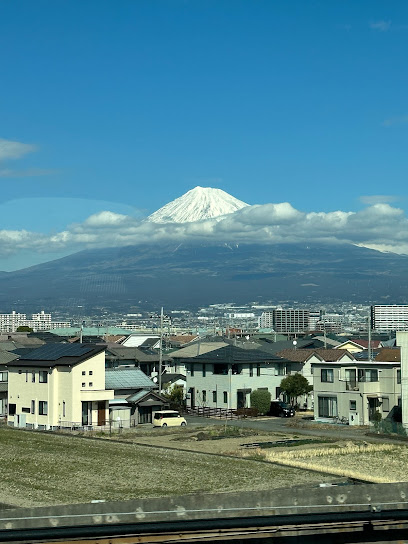
Hakusandake
0.7 km
Discover the breathtaking beauty of Hakusandake, the highest mountain peak in Yamanashi, offering stunning views and unforgettable hiking experiences.
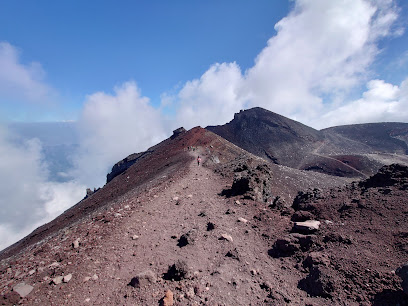
Kusushi Shrine
0.8 km
Discover the serene beauty and spiritual significance of Kusushi Shrine, a tranquil Shinto sanctuary at the foothills of majestic Mount Fuji.
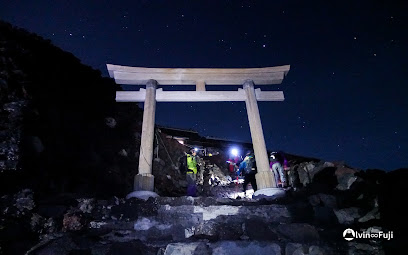
Fuji 4th View Point Station
3.5 km
Experience breathtaking views of Mount Fuji and Kawaguchi Lake from the stunning observation deck at Fuji 4th View Point Station.
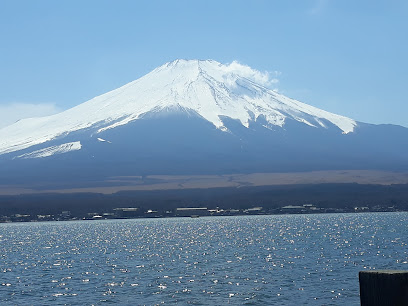
Mt. Fuji 5th Sta. General Administration Center
3.8 km
Discover the iconic Mt. Fuji at the 5th Station General Administration Center, your essential hub for adventure and information in Yamanashi, Japan.

Yoshida Trail 5th Sta. - Fujisan kumokirifudo Shrine
3.8 km
Discover the serene beauty and spiritual depth of the Yoshida Trail 5th Station at the base of Mount Fuji, a unique blend of nature and tradition.
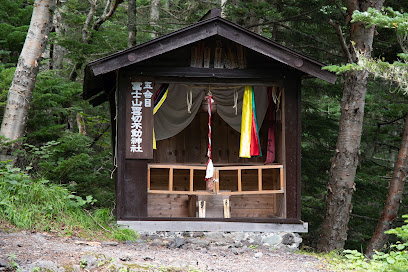
Fuji Subaru Line 5th Station Lounge
3.8 km
Discover the breathtaking views and vibrant atmosphere at Fuji Subaru Line 5th Station Lounge, your gateway to Mt. Fuji adventures.
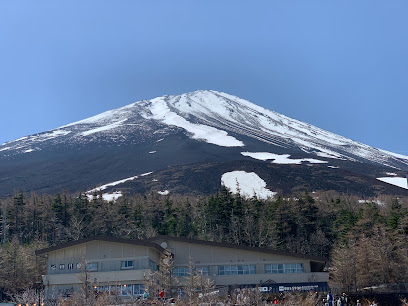
Fujiyoshida 2nd station
5.1 km
Explore the spiritual and natural wonders of Fujiyoshida 2nd Station, a serene Shinto shrine and gateway to Mount Fuji's breathtaking beauty.
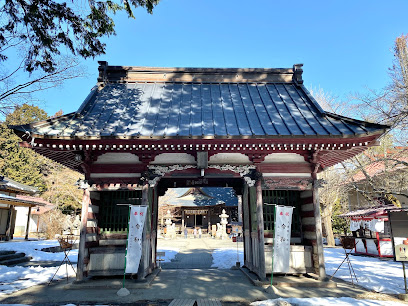
Mizugatsuka Park
7.4 km
Experience the serene beauty of Mizugatsuka Park in Susono, Shizuoka - a tranquil escape into nature's embrace, perfect for all visitors.

Fuji-Hakone-Izu National Park
8.4 km
Explore the breathtaking landscapes and rich cultural experiences at Fuji-Hakone-Izu National Park, where adventure meets tranquility in Japan's natural paradise.
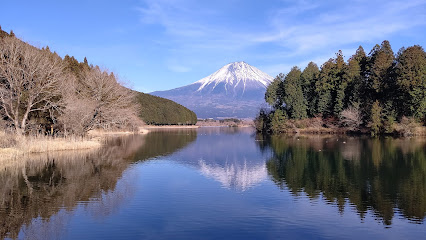
Grinpa
9.2 km
Discover family-friendly fun and adventure at Grinpa, Shizuoka's premier theme park surrounded by breathtaking mountain views.
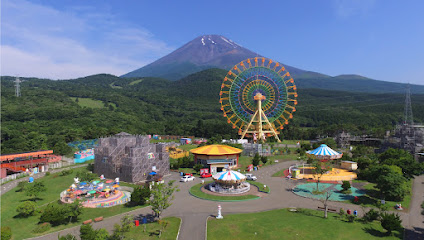
Fujiten Snow Resort
9.7 km
Discover the winter magic of Fujiten Snow Resort in Yamanashi, where thrilling skiing, stunning views of Mount Fuji, and delicious barbecue await.

Forest Adventure Fuji
10.4 km
Discover thrilling zip lines and obstacle courses at Forest Adventure Fuji, where adventure meets breathtaking views of iconic Mount Fuji.

Kawaguchiko Motor Museum/Kawaguchiko Zero Fighter Museum
10.4 km
Discover the captivating world of vintage automobiles and aviation at Kawaguchiko Motor Museum in Yamanashi, Japan, set against the stunning backdrop of Mt. Fuji.

Essential places to dine
富士急雲上閣レストラン
3.7 km
Experience delightful snacks at Fuji-Q Unjokaku Restaurant with stunning views of Mount Fuji - perfect for tourists seeking relaxation and taste.
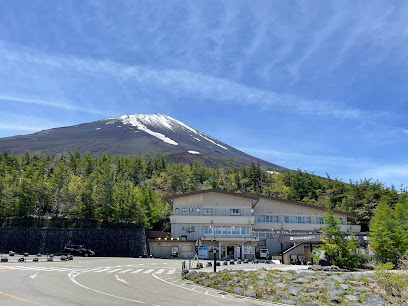
Kai Treasure Sword Shingenkan
15.1 km
Experience authentic Japanese cuisine at Kai Treasure Sword Shingenkan in Fujiyoshida City – where tradition meets taste.
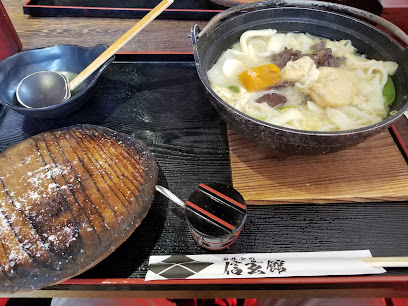
Sanrokuen
15.2 km
Experience authentic Japanese cuisine at Sanrokuen - savor delicious Kushiyaki skewers with breathtaking views of Mount Fuji.

Kosaku Kawaguchiko
15.3 km
Savor authentic Hoto noodles and traditional Japanese dishes at Kosaku Kawaguchiko while enjoying breathtaking views of Mount Fuji.
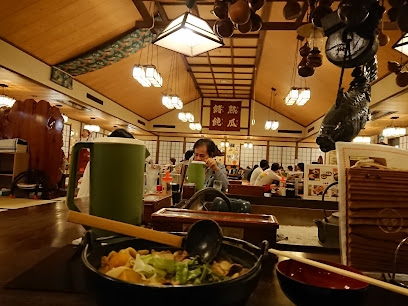
The Garden Resort & Condominium
15.4 km
Experience tranquility at The Garden Resort & Condominium, your serene retreat near Mount Fuji with breathtaking views and modern comforts.

Tetsuyaki
15.7 km
Experience authentic teppanyaki at Tetsuyaki in Fujikawaguchiko—where culinary art meets breathtaking views.
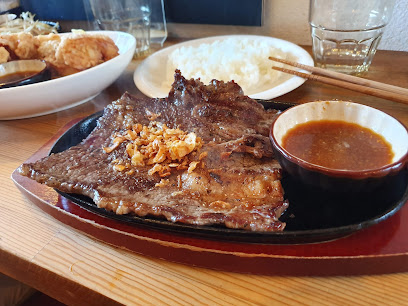
Motosukan
16.0 km
Experience authentic Japanese flavors at Motosukan in Fujikawaguchiko—where culinary tradition meets stunning mountain views.
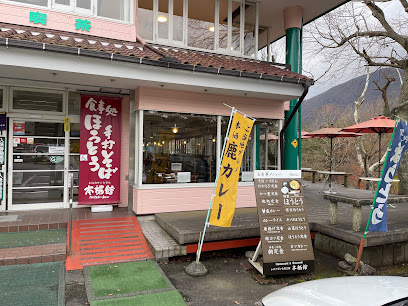
New Akaike
17.0 km
Experience authentic handmade soba noodles at New Akaike in Fujikawaguchiko – a must-visit for food lovers exploring Japan's culinary scene.
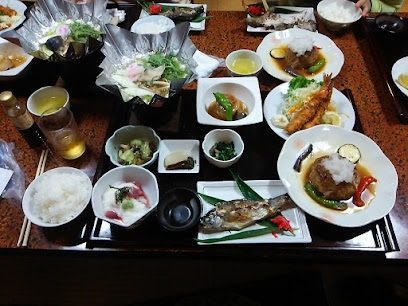
T&T Fujiyama Halal Restaurant
17.1 km
Experience authentic Hoto noodles at T&T Fujiyama Halal Restaurant, where halal meets tradition against the stunning backdrop of Mount Fuji.

Momijitei-Hoto
18.6 km
Experience authentic Japanese flavors at Momijitei-Hoto - famous for its hearty Hoto noodles amidst breathtaking views.
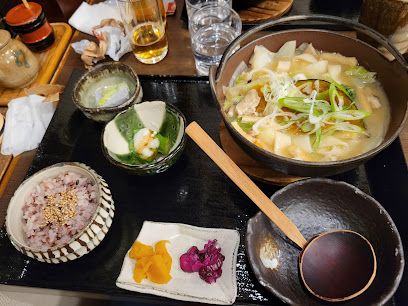
Kawaguchiko Country Cottage Ban
19.3 km
Discover Kawaguchiko Country Cottage Ban: A scenic dining experience blending local flavors and breathtaking views in Fujikawaguchiko.

Maison KEI
22.1 km
Experience the best of Modern French cuisine at Maison KEI in Gotemba - where every meal is a masterpiece.

Surugaji
24.2 km
Experience authentic Japanese dining at Surugaji in Fuji - where every meal tells a story through flavor.

Gin No Ho
27.4 km
Experience authentic Japanese cuisine at Gin No Ho in Hakone's stunning Sengokuhara district.

Dining Yamaboshi
27.4 km
Experience the perfect fusion of Italian and Japanese cuisine at Dining Yamaboshi in Hakone's serene Sengokuhara district.

Markets, malls and hidden boutiques
Mt.Fuji 5th Station Komitake Baiten
3.8 km
Explore a captivating selection of local treasures and souvenirs at Mt. Fuji 5th Station's Komitake Baiten, the perfect stop for every traveler.
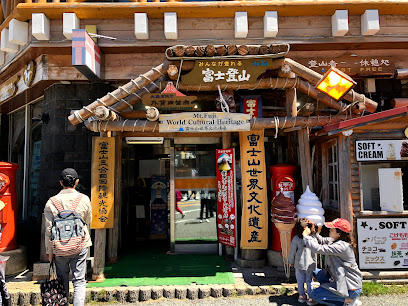
Fujisan Miharashi
3.8 km
Experience the beauty of Mount Fuji at Fujisan Miharashi, where stunning views, local cuisine, and unique souvenirs await you.

Gogōen Rest House
3.8 km
Discover the charm of Gogōen Rest House, where local souvenirs and delicious Japanese cuisine meet in the breathtaking beauty of Yamanashi Prefecture.
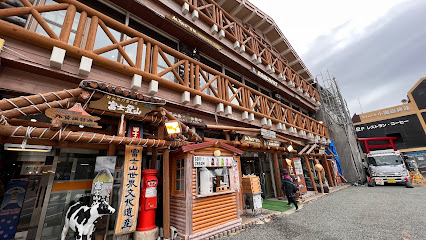
Forest Station Fujisan
7.2 km
Explore Forest Station Fujisan, a charming souvenir store offering authentic local crafts and breathtaking views of Mount Fuji.

Fujizakura Heights Beer
11.3 km
Experience the finest craft beers at Fujizakura Heights Brewery, where tradition meets innovation in the heart of Yamanashi, Japan.

Montbell
12.9 km
Discover outdoor adventures at Montbell, your one-stop shop for hiking gear, cycling equipment, and expert advice in Fujiyoshida, Yamanashi.

Don Quijote Kawaguchiko Interchange
14.3 km
Explore an extensive range of products at Don Quijote Kawaguchiko Interchange, where great prices meet unique finds in the heart of Yamanashi.
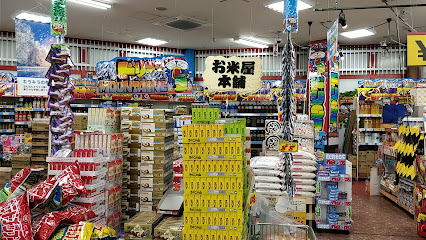
ふじやま屋
14.5 km
Discover unique souvenirs and local crafts at Fujiyama-ya, your go-to destination for Mount Fuji mementos.

DAISO
14.6 km
Explore DAISO in Fujikawaguchiko for an incredible selection of affordable goods, from home essentials to unique souvenirs that enhance your travel experience.

SHOP FUJIYAMA
14.6 km
Discover authentic Japanese souvenirs and local crafts at SHOP FUJIYAMA, your gateway to unique treasures in Fujiyoshida.

Oshino Hakkai Main Souvenir Store
14.6 km
Discover unique souvenirs and local delicacies at Oshino Hakkai Main Souvenir Store, the heart of cultural treasures in the picturesque village of Oshino.

Hard Off
14.7 km
Uncover eclectic treasures at Hard Off, Fujikawaguchiko's ultimate thrift store for vintage finds and unique collectibles.

Kawaguchiko Shopping Center BELL
14.8 km
Explore the vibrant Kawaguchiko Shopping Center BELL, a shopper's haven with diverse stores and delicious dining options near stunning Mount Fuji.

JTC Fujinoekiten
14.8 km
Explore the best of Japanese craftsmanship at JTC Fujinoekiten, your ultimate duty-free shopping destination near scenic Lake Kawaguchi.

BOOKOFF Fujiyoshida Store
15.0 km
Explore a world of second-hand treasures at BOOKOFF Fujiyoshida Store, where vintage finds and unique items await every enthusiast.

Essential bars & hidden hideouts
Darts Cafe&Bar CIEL
13.8 km
Experience the vibrant nightlife at Darts Cafe&Bar CIEL in Fujikawaguchiko, where darts and drinks create unforgettable memories.

Military Bar「Bush」
14.4 km
Discover the charm of Military Bar 'Bush' in Gotemba, where relaxation meets camaraderie in a unique military-themed atmosphere.

K-chup
14.7 km
Discover K-chup, a vibrant bar in Fujinomiya, Shizuoka, offering unique cocktails and a lively atmosphere perfect for unwinding after exploring the region.

南の国から
15.3 km
Dive into the lively ambiance of 南の国から, a must-visit cabaret club and beer hall in Fujiyoshida, where entertainment and local brews await.

Kagelow Mt. Fuji Hostel
15.4 km
Discover comfort and camaraderie at Kagelow Mt. Fuji Hostel, your perfect retreat near Japan's iconic mountain.

居楽
15.5 km
Discover居楽, an authentic izakaya in Fujikawaguchiko offering delicious Japanese cuisine and a welcoming atmosphere perfect for tourists.

New York
15.7 km
Explore the energetic nightlife of New York bar in Fujikawaguchiko, where exceptional cocktails and live music create unforgettable moments.

Shaw's Sushi Bar & Dining
15.8 km
Experience authentic sushi dining with stunning views in Fujikawaguchiko, where the flavors of Japan come alive.

TOCORO. BAR&DINING
15.9 km
Experience the fusion of flavors and a cozy ambiance at TOCORO. BAR&DINING in Fujikawaguchiko, the perfect dining spot for food lovers.

openmic karaoke セッションバー 奏音 SO-ON
16.0 km
Immerse yourself in the lively karaoke scene at SO-ON, Fujiyoshida's favorite spot for music and fun, where every night is an unforgettable experience.

ピンク・ド・フラミンゴ(Pink De Flamingos)
16.1 km
Experience the vibrant nightlife at Pink De Flamingos, a modern izakaya in Fujiyoshida offering creative cocktails and delicious Japanese cuisine.

ラウンジシンデレラ Lounge Cinderella
16.1 km
Discover the vibrant nightlife at Lounge Cinderella, a unique blend of cabaret club and pub in Fujiyoshida, where entertainment meets relaxation.

Cooliya
16.3 km
Experience the essence of Japanese cuisine at Cooliya, where tradition meets modern culinary artistry in every dish.

Authors
17.5 km
Discover the charm of Authors Bar in Fujikawaguchiko, where local flavors meet stunning views and a cozy atmosphere.

BAR Lyric
17.8 km
Discover the ultimate karaoke experience at BAR Lyric in Fujinomiya, where fun, music, and laughter come together for an unforgettable night out.




